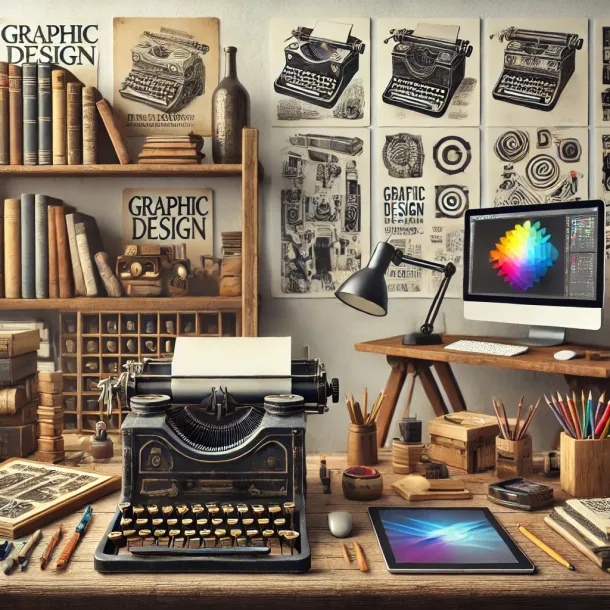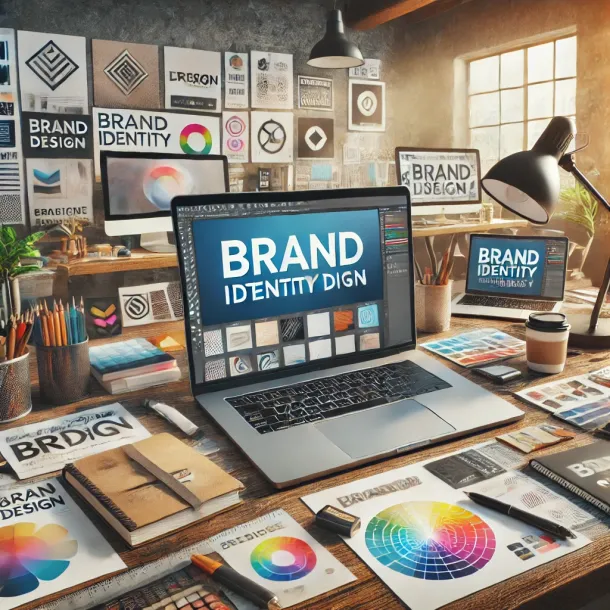The Ultimate Beginner’s Guide to Professional Design
The Ultimate Beginner’s Guide to Professional Design
Starting a career in design can be overwhelming, but with the right guidance, you can make a smooth transition into the professional world. This guide covers essential steps for beginners to go from aspiring designer to industry professional.
Step 1: Learn the Fundamentals of Design
Understanding core design principles is the first step. Familiarize yourself with:
- Balance and Alignment: Creates a sense of stability.
- Contrast and Emphasis: Draws attention to key elements.
- Proportion and Hierarchy: Ensures information is organized and easy to follow.
Mastering these principles will help you create designs that are both functional and visually pleasing.
Step 2: Get Comfortable with Design Software
Software skills are crucial for any designer. Popular tools include:
- Adobe Illustrator for vector-based graphics.
- Adobe Photoshop for image editing.
- Figma for UI/UX and collaborative design projects.
Begin by learning the basics of each program, then move on to more advanced techniques as you gain confidence.
Step 3: Build a Professional Portfolio
A portfolio is essential for showcasing your skills. Include personal projects or volunteer work if you lack professional experience. Organize your portfolio by project type or theme, and be sure to explain the rationale behind each design.
Step 4: Seek Out Feedback and Mentorship
Constructive feedback is invaluable for growth. Join design communities online or seek out mentors to review your work and offer insights on improvement. A mentor’s guidance can help you avoid common mistakes and accelerate your progress.
Conclusion: Embarking on Your Professional Journey
With a solid understanding of design fundamentals, proficiency in essential tools, and a strong portfolio, you’ll be well-prepared for a career in design. Dedication, practice, and openness to feedback are key to success.


